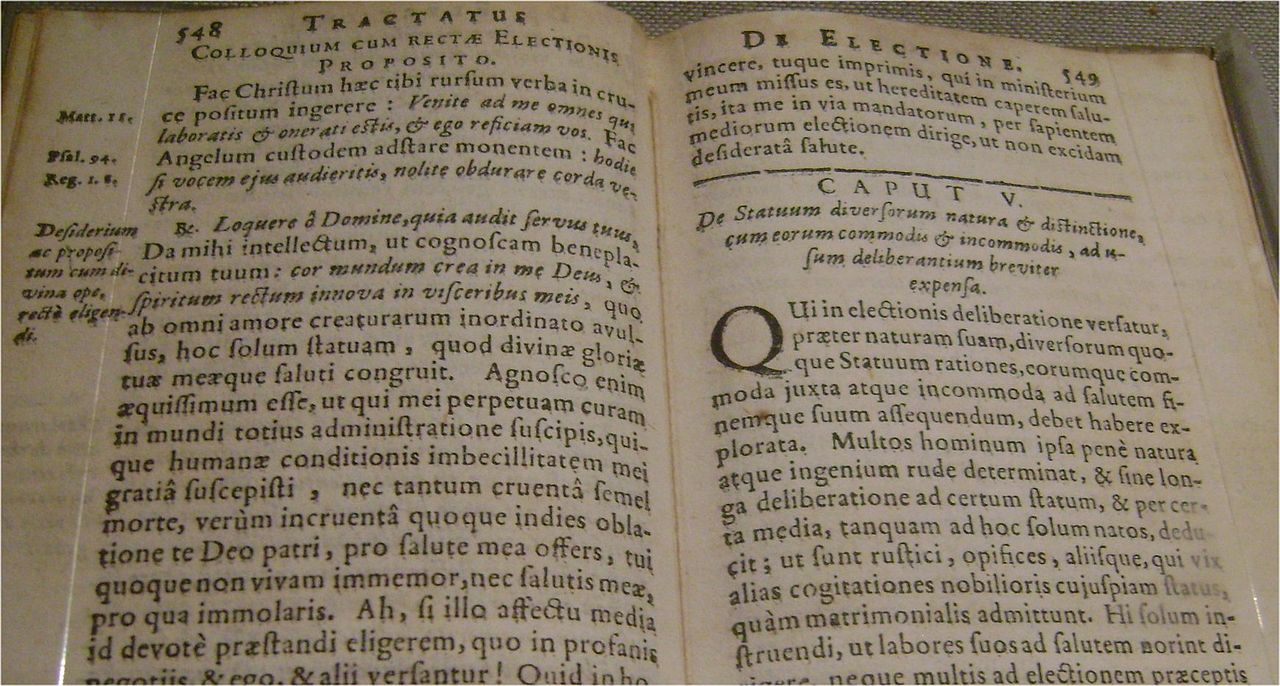The greatest of these clerical orders by far was the Society of Jesus, founded in 1540 by the Spaniard Ignatius Loyola (1491-1556). Loyola, who had been a soldier, turned to religion after receiving a painful wound in battle. From the first the Jesuits were the soldiery of the Catholic church; their leader bore the title of general, and a military discipline was laid down in Loyola’s Spiritual Exercises, which set the rules for the order.
The Jesuits have always been a center of controversy. To their hostile critics, the Jesuits have seemed unscrupulous soldiers of the pope, indulging in dirty fighting if such tactics seemed likely to bring victory. They have been accused of preaching and practicing the doctrine that the end justifies the means and also of pursuing worldly power and success. Yet historical record leaves no doubt of Jesuit success in bolstering the spiritual as well as the material credit of Catholicism.
Jesuits seemed to be everywhere, in Hungary, in Poland, in England, in Holland, trying to win back lands and peoples from the Protestants. They were winning new lands and peoples on the expanding frontiers of the West, in India, in China, in Japan, in North America. They were martyrs, preachers, teachers, social workers, counselors of statesmen.
As realists they particularly sought to influence the politically powerful and to mold the young men who would later become leaders. Their schools rapidly acquired great fame, not only for the soundness of their Catholic doctrines, but also for their humanistic classical teaching and their insistence on good manners, adequate food, and exercise.
While the Society of Jesus was the chief new instrument of the Catholic Reformation, an old instrument of the church was also employed—the Inquisition. This special ecclesiastical court in its papal form had been started in the thirteenth century to put down the Albigensian heresy, and in its Spanish form in the fifteenth century to bolster the efforts of the new Spanish monarchy to force religious uniformity on its subjects. Both papal and Spanish inquisitions were medieval courts that used medieval methods of torture, and both were employed against the Protestants in the sixteenth century.
Protestant tradition sometimes makes both the Inquisition and the Jesuits appear as the promoters of a widespread reign of terror. Certainly the Jesuits and their allies made full use of the many pressures and persuasions any highly organized society can bring to bear on nonconformists. And the Inquisition did perpetrate horrors against former Muslims in Spain and against Catholicsturned-Protestants in the Low Countries.
But it was most active in countries of southern Europe—Italy, Spain, Portugal—where Protestantism was never a real threat. And where the Catholic Reformation succeeded in winning back large numbers to the Roman faith—in Germany and eastern Europe—persecution was not the decisive factor.

